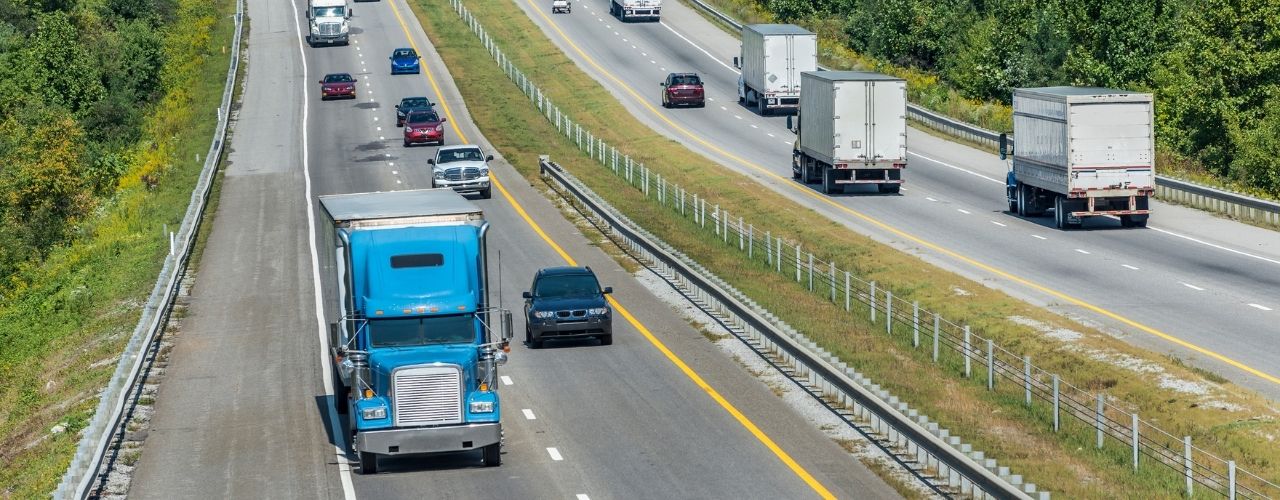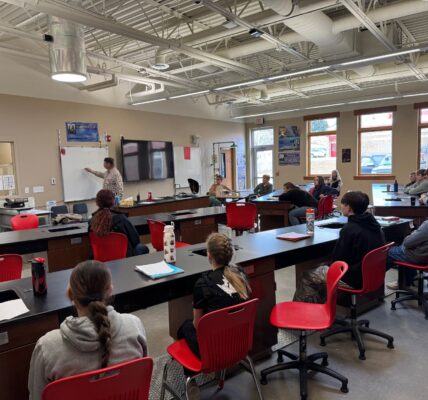Regardless of driver experience, driving on a fast-paced and crowded interstate brings many emotions— from angst to rage. Understanding how to navigate this circumstance can take a lot of practice, and depending on your location, you may not see an interstate unless you’re traveling a long distance. There are several factors that makes interstate highway driving dangerous; let’s take a look at a few.
Traveling at High Speeds
As speed limits range between 65 and 75 on large interstates, vehicles travel quickly in a confined space. A good rule of thumb for drivers in a densely populated area is explicitly going with the traffic flow to keep up and avoid accidents. The left lanes are for vehicles moving at higher speeds, while the right lanes are for those moving slower, at or below the posted speed limit.
Driver’s Fatigue
Driver’s fatigue is more prevalent than many are aware of, especially in truck drivers on highways. They travel long distances for extended periods and often fail to rest adequately. A common reason for semi-truck accidents is driver fatigue. If you believe you were in an incident where the driver’s safety failed due to one of these circumstances, it’s best to seek legal aid.
Semi Trucks With Heavy Loads
Not only are semi-truck drivers tired, but they are often hauling heavy or wide loads. These loads make their vehicle’s weight challenging to handle when high winds. And while traveling at high speeds, these loads can shift or shimmy the truck’s total weight, making it dangerous to those around them.
When traveling near a semi, it’s best to uphold all lane shifting practices and use proper signaling to ensure you get around them safely.
Lane Shifting Etiquette
One of the biggest things that makes interstate highway driving dangerous is poor lane management—not using a turn signal when shifting can cause quick reactions and brake checks in the surrounding vehicles. While traveling at high speeds, this can create hazardous scenarios and affect everyone’s safety.
When shifting lanes, always use proper signals and timing and utilize your rearview and side-view mirrors. Look once for yourself and twice for assurance.





